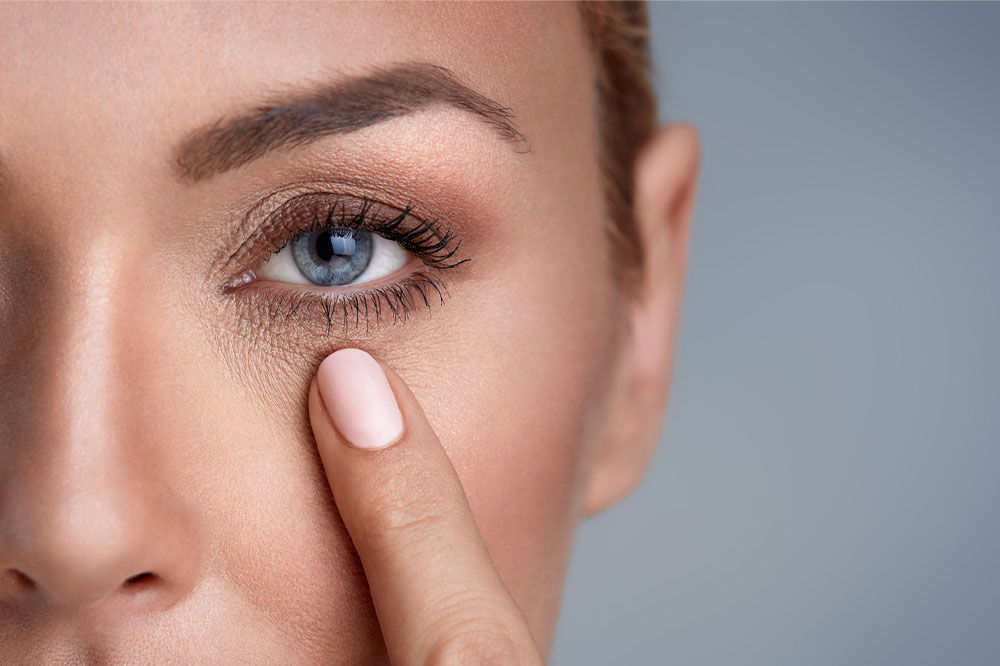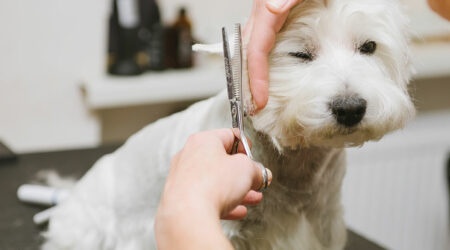
Stye – Symptoms, causes, diagnosis, and management
A stye is a common eye condition that can cause redness, pain, and swelling of the eyelids. It is caused by an infection of the oil glands at the base of the eyelashes. While it may be an uncomfortable experience, understanding the symptoms, causes, and treatments for a stye can help a person deal with the issue and prevent it from recurring. This article will discuss the causes, symptoms, diagnosis, and management options for stye.
What is a stye?
Also known as a hordeolum, it is an eyelid inflammation caused by a bacterial infection. It usually appears on the outside of the eyelid near the base of an eyelash and can range from a small bump to quite large, depending on how severe it is. It can cause redness, swelling, and tenderness around the eye.
Styes can be painful or annoying, but they are fairly common in adults and children. In most cases, they don’t require treatment as they often clear up within a few days or weeks; however, some treatments may help reduce symptoms and speed up healing time.
Symptoms
One of the common symptoms of a stye is pain near the eye that may feel like burning or itching. Other signs include:
Redness around the eye
Swelling in the area near the eye
Tenderness when touching the affected area
Blurry vision due to swelling
Causes
Styes are usually caused by a bacterial infection, specifically Staphylococcus aureus. This bacterium resides on our skin and is responsible for the development of styes when it gets inside our eyelid glands. They can also occur due to other factors, such as poor hygiene or underlying health conditions like diabetes.
Risk factors
Styes are a common eye infection that can occur to anyone at any age. Although it can happen to anyone, some individuals are more prone to developing it. There are several risk factors to be aware of:
Poor hygiene
Individuals who do not regularly wash their hands or face may be more susceptible to developing styes.
High lipid levels
High cholesterol or triglyceride levels in one’s blood can make one more likely to get a stye because these lipids are found on the surface of cells in a person’s body, including those on the outside layer of skin near the eyes. This makes it easier for bacteria to cause an infection.
Diabetes
Individuals with diabetes experience elevated glucose (sugar) levels in their bloodstream, which places them at a higher risk for infections such as styes. This is due to their weakened immune systems resulting from prolonged high sugar intake and poor circulation throughout their bodies. As a result, white blood cells, which combat bacterial infections, may not be able to reach affected areas quickly enough, leading to bacterial damage.
Diagnosis
If one suspects having a stye, it is important to get a proper diagnosis from a healthcare professional. Here are the key points to keep in mind when it comes to the diagnosis of a stye:
Styes are usually diagnosed based on the symptoms. The doctor will ask about the symptoms and examine the eyelid.
In some cases, the doctor may need to perform additional tests to rule out other possible causes.
The doctor may also ask about any underlying health conditions contributing to the development of styes, such as blepharitis or diabetes.
Generally, a stye is relatively easy to diagnose and can usually be treated without extensive testing or procedures. However, various factors can cause styes, so getting a proper diagnosis is crucial to receive the most effective treatment. If anyone is experiencing symptoms of a stye, one must schedule an appointment with a doctor as soon as possible.
Treatment options
If one has been diagnosed with a stye, here are some treatment options that a healthcare professional may recommend:
Warm compresses
Applying a warm compress to the eyelid for 10 to 15 minutes several times a day can help reduce inflammation and promote healing.
Ointments and eye drops
If a stye is caused by a bacterial infection, the doctor may prescribe an ointment or eye drops to help clear up the infection.
Incision and drainage
If a stye is very large or painful, the doctor may need to make a small incision to drain the pus and relieve pressure.
In addition to these treatments, there are also some self-care steps one can take to help ease the symptoms and prevent further infections:
Keep the eyelids clean
Gently wash the eyelids with a bar of mild soap and warm water.
Avoid eye makeup
If one has a stye, one must avoid wearing eye makeup to prevent further infection.
Practice good hygiene
It is important to wash hands frequently and avoid touching the eyes as much as possible.
By following these treatment options and self-care tips, one can help relieve stye symptoms and prevent further infections from occurring.




